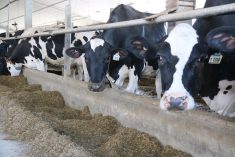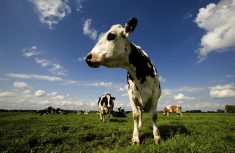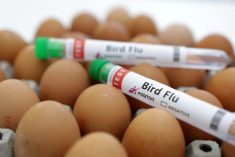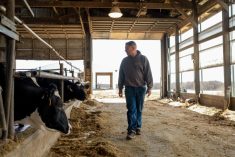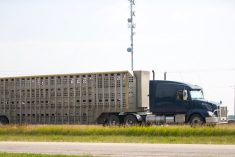Hamburg | London | Reuters – Livestock and dairy farmers across northern Europe are paying soaring prices for straw used in food and bedding for cattle, as hot, dry weather across the region reduces crops.
The higher bills put further pressure on farmers already facing one of their toughest summers ever; many have had to purchase more hay for fodder because the grass on which their herds normally graze has not grown.
Some predict thousands of euros in extra costs even for a relatively small herd, leading to an overall loss for the year.
Read Also
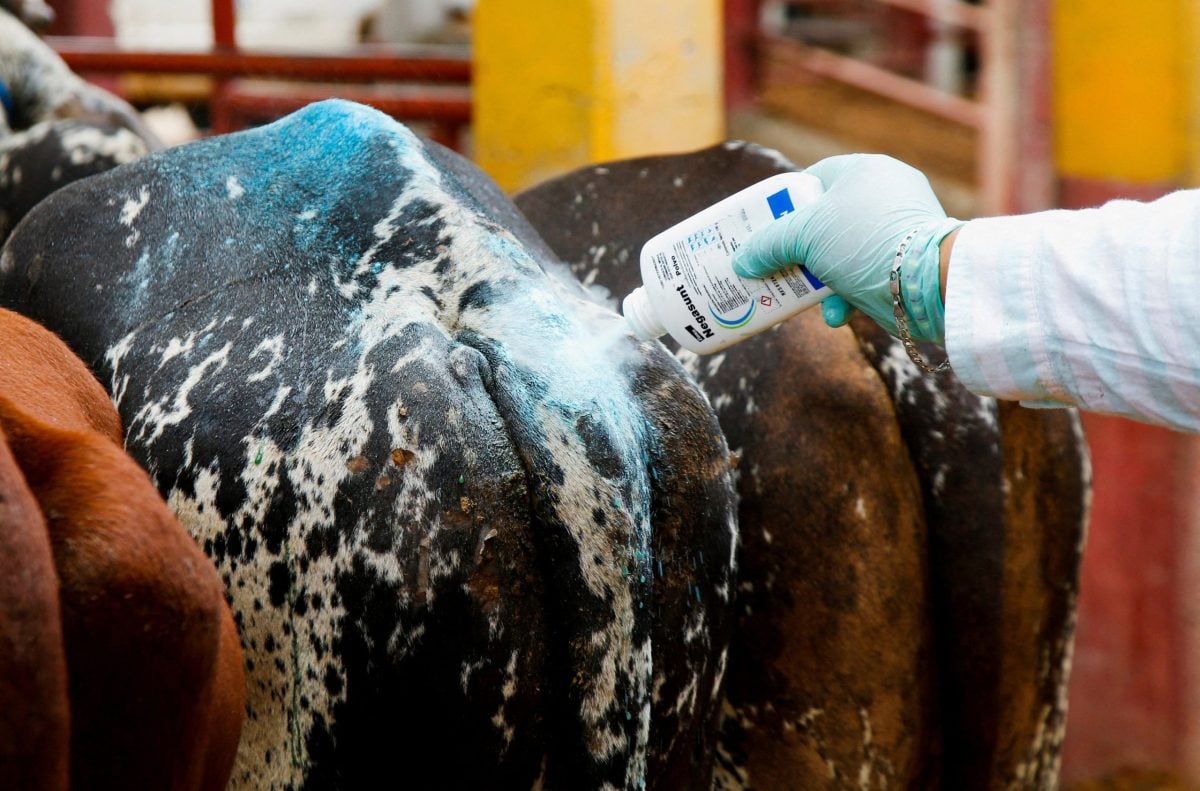
Mexico agriculture secretary says still no date for restarting cattle exports to U.S.
Mexican Agriculture Minister Julio Berdegue said on Wednesday that Mexico and the United States have not yet set a date to resume Mexican cattle exports amid an outbreak of the flesh-eating screwworm parasite.
“If you look at the price of fodder and straw I would be fairly confident that this year we will lose money (on cattle),” said David Barton, who farms in the normally lush Cotswolds in central England.
Wheat straw that would usually cost 35 pounds ($45) a tonne is nearly 100 pounds, and Barton will have to pay around 80 pounds a day to feed his 173 cattle as there is no grass left.
Barton estimates extra spending of around 7,000 pounds over three months. The largest cost, however, will be the loss of meat production as his cattle will not put on as much weight.
“They have sufficient food but for them to really grow (as much as in a normal year) they need grass and currently we don’t have any. The loss of production will be significant,” he said.
The straw shortages are part of a broader problem of reduced grain crops across Europe and other key producing regions, amid high temperatures and low rainfall.
In Germany, straw crops have wilted under a combination of drought and the highest July temperatures since 1881, with shorter stalks reducing straw crops yields by 20 to 40 percent in the northern state of Schleswig-Holstein.
“We are lacking an enormous amount of straw, both for feed and bedding,” said Peter Levsen Johannsen, CEO of the chamber of agriculture in Schleswig-Holstein.
“There are regions in which straw is already more expensive than grain,” he added, noting straw prices in north Germany have doubled compared with last year.
Grain for human consumption can typically cost four to five times more than straw, though the relationship varies.
Consumer prices may rise
Analysts said that rising input costs could lead to higher store prices. However, retailers are more willing to raise prices for some products than others.
John Lancaster, head of EU dairy consulting at INTL FCStone, said retailers, for example, like to keep liquid milk prices stable but may raise them for butter or cheese.
In Denmark, dry weather and heat means the straw harvest is likely to be about half normal years, said Troels Toft, crops director at Danish farming association DAFC.
“Prices have about doubled to around 120 to 150 euros a tonne in some areas,” he said. “But demand is very high and Danish farmers are seeking to gather every bit of straw they can; nothing is being left on the fields this year.”
In Sweden, the heat wave and drought is also expected to cut the grain crop to the smallest in 25 years.
“We have parts of Sweden that have lacked rain for the last 90 days,” said Kristina Gustafsson, director of the feed unit at giant Swedish farm cooperative Lantmannen. “We have farmers that have a total lack of roughage (feed fibre).”
Herds reduced?
German dairy farmer Kirsten Wosnitza, who has 120 milk cows and 70 bulls in Schleswig-Holstein, said farmers were being forced to use winter fodder supplies for their animals.
“High prices for straw and other fodder means dairy farmers may just have to reduce their herds as you cannot afford to feed them,” Wosnitza, who is chairwoman of the Germany dairy farmers association, BDM, said.
Lancaster also expected some farmers to cull animals.
“This year they are going to have to make decisions about buying in more feed and in that scenario I think we will see a higher level of culling than normal this autumn,” he said.
But Lancaster added that a strong recovery in the price farmers are paid for their milk could mean they are able to maintain the size of dairy herds.
Cattle farmer Barton said problems had been compounded this year by a winter storm known as the “Beast from the East”.
“When cattle went out late in the spring there was nothing in the barn. Usually we will have a buffer supply of some hay and some straw but there was nothing left because it was a long winter,” he said.
“It is a survival exercise at the moment, making sure we get through this period and into next spring and then we start again. Farmers are eternal optimists, we have to be. It is always going to be better next year.”
($1 = 0.7713 pounds)




